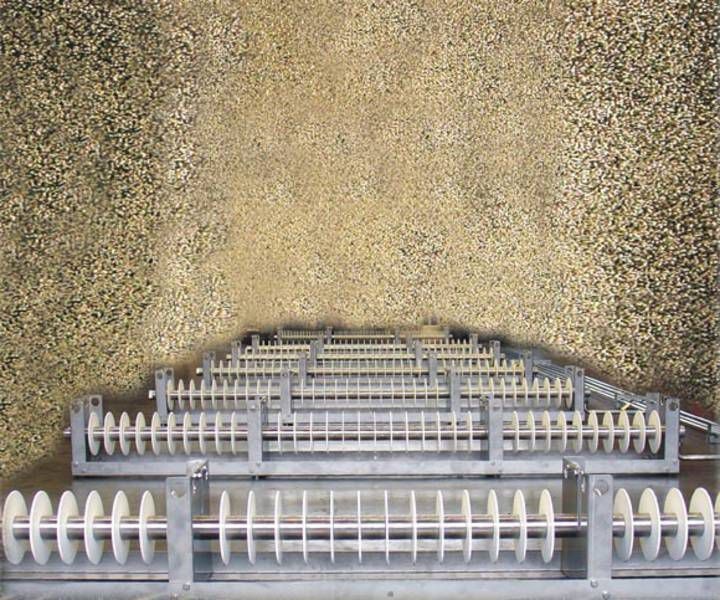
#Product Trends
Ceramic Membrane Discs
Aeration with Ceramic Membrane Discs
Extremely fine distributed gas bubbles by rotating ceramic membranes. Investigations at the University of Rostock have shown that by an additional rotation of the ceramic membrane discs an average gas bubble size of 10-20 µm can be obtained (compared to 50 µm with the static discs/air in water).
In the case of aeration with CO2, no gas bubbles are visible by the use of rotating ceramic membrane discs – the CO2 is directly dissolved in the liquid.
Principle
Pressure is applied on the inside of the membrane disc through a channel structure. Gas flows through the micro-porous material. Thus superfine distributed gas bubbles are created on the membrane surface. The discs can be arranged horizontally or vertically. The insertion of bubbles is also possible in systems under pressure and near boiling point.
Applications
Flotation: The efficiency of flotation processes is clearly increased by the application of Kerafol® discs. The superfine distributed gas bubbles lead to an accelerated aggregate formation of dispersed particles and thus to a more effective separation. The gas bubbles are created directly in the medium at the membrane surface (no dissolved air flotation).
Ozonation: By the use of micro-porous ceramic membranes ozone can be inserted most effectively into liquids. The extremely fine distributed gas bubbles remain in the liquid for a very long time (minimized ozone losses).
Oxygenation: In combination with oxygen there are many advantages in fish farming and aquaria applications.


